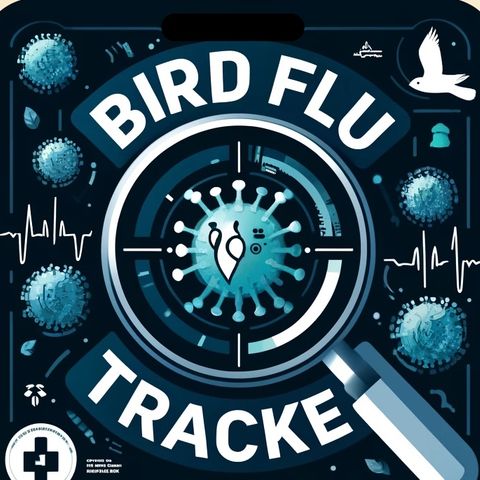Bird Flu update for 09-28-2024

Download and listen anywhere
Download your favorite episodes and enjoy them, wherever you are! Sign up or log in now to access offline listening.
Bird Flu update for 09-28-2024
This is an automatically generated transcript. Please note that complete accuracy is not guaranteed.
Description
The spread of H5N1 bird flu to Australia could have catastrophic outcomes for some of the country's most iconic scavenger species, including the Tasmanian devil and eagles, according to warnings...
show moreThe H5N1 strain of bird flu, highly pathogenic and potentially lethal to many bird species, has been spreading rapidly across continents. Its transmission to animals that feed on carrion — dead and decaying flesh of animals — poses a severe risk to species such as the Tasmanian devil, a carnivorous marsupial native to Tasmania, and various eagle species inhabiting the region.
Tasmanian devils are particularly vulnerable due to their already dwindling numbers, exacerbated by a contagious cancer known as Devil Facial Tumour Disease, which has devastated their population. The introduction of a new disease like H5N1 could further threaten their survival.
Eagles, which often feed on dead animals including those affected by diseases, could also be at risk of contracting bird flu, which could lead to further declines in their populations. These birds play a crucial role in their ecosystems, acting as apex predators that help maintain healthy wildlife populations and ecological balance.
Conservation efforts have been ramped up to monitor and potentially curb the spread of the virus into Australia. Biosecurity measures are being considered to prevent the virus from crossing borders through migratory birds or human activities such as the poultry trade. Australian veterinary and wildlife authorities are being urged to remain vigilant, particularly in areas with significant bird populations and those frequented by scavenger species.
Ongoing surveillance and research are essential to understand how H5N1 might affect local wildlife and to develop strategies to mitigate potential impacts. Containing outbreaks in domestic poultry and preventing the transmission to wild birds remain a top priority to shield not only the Tasmanian devil and eagles but also the broader ecological integrity of Australia's unique landscape.
Information
| Author | QP-3 |
| Organization | William Corbin |
| Website | - |
| Tags |
Copyright 2024 - Spreaker Inc. an iHeartMedia Company
